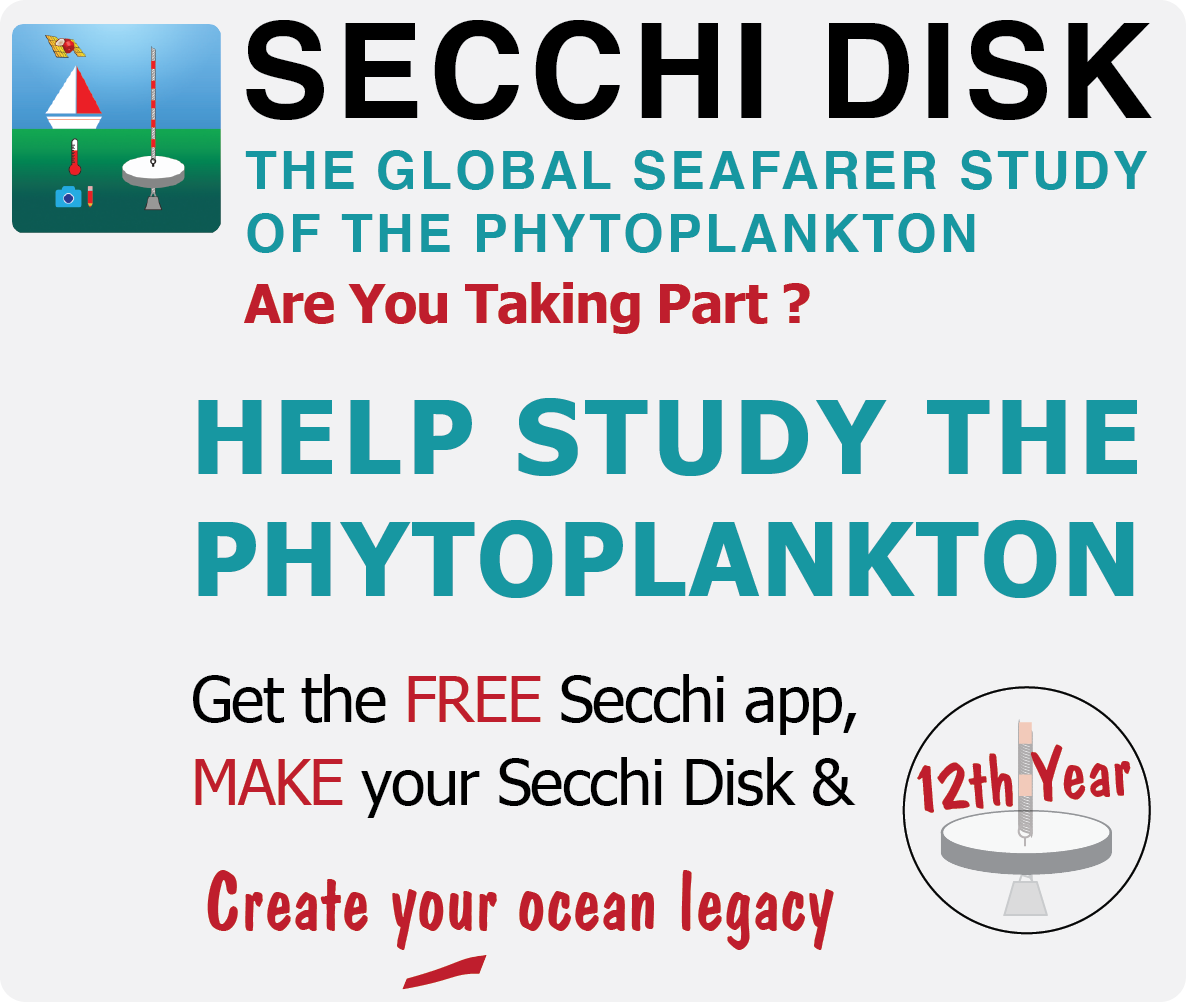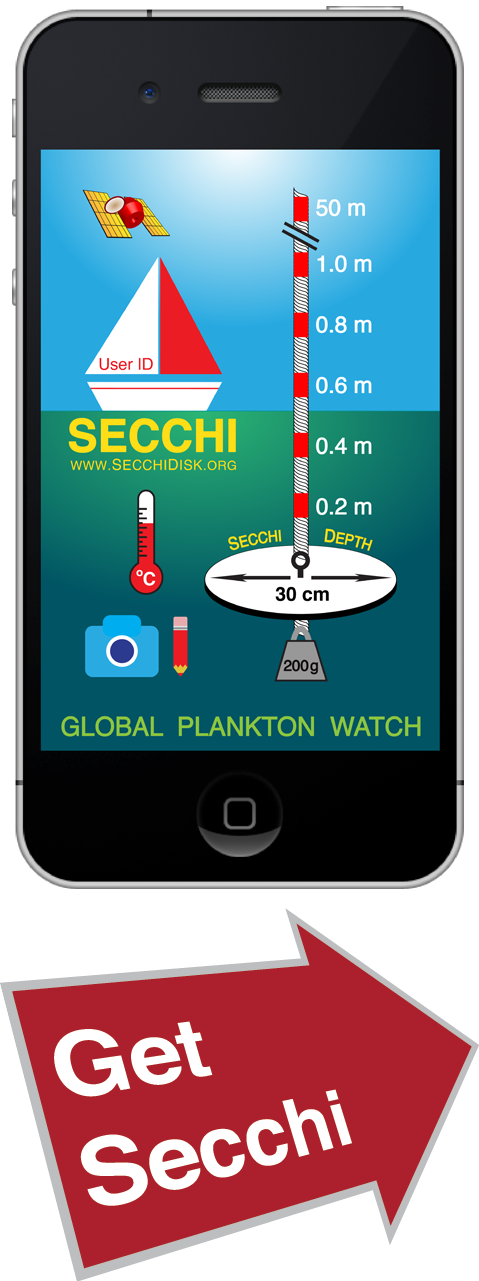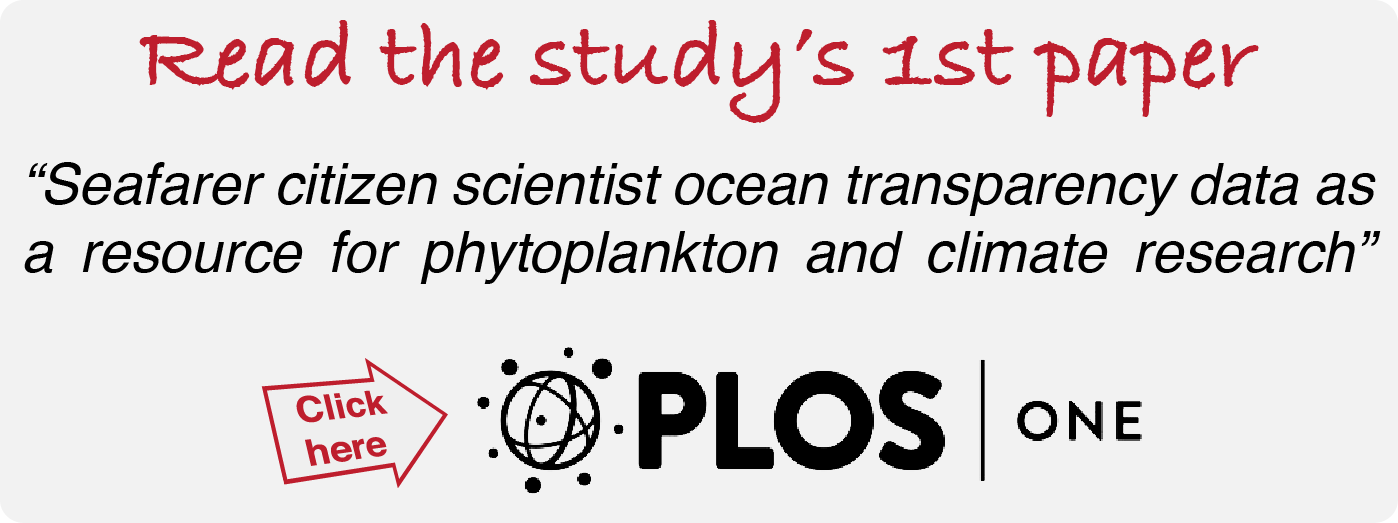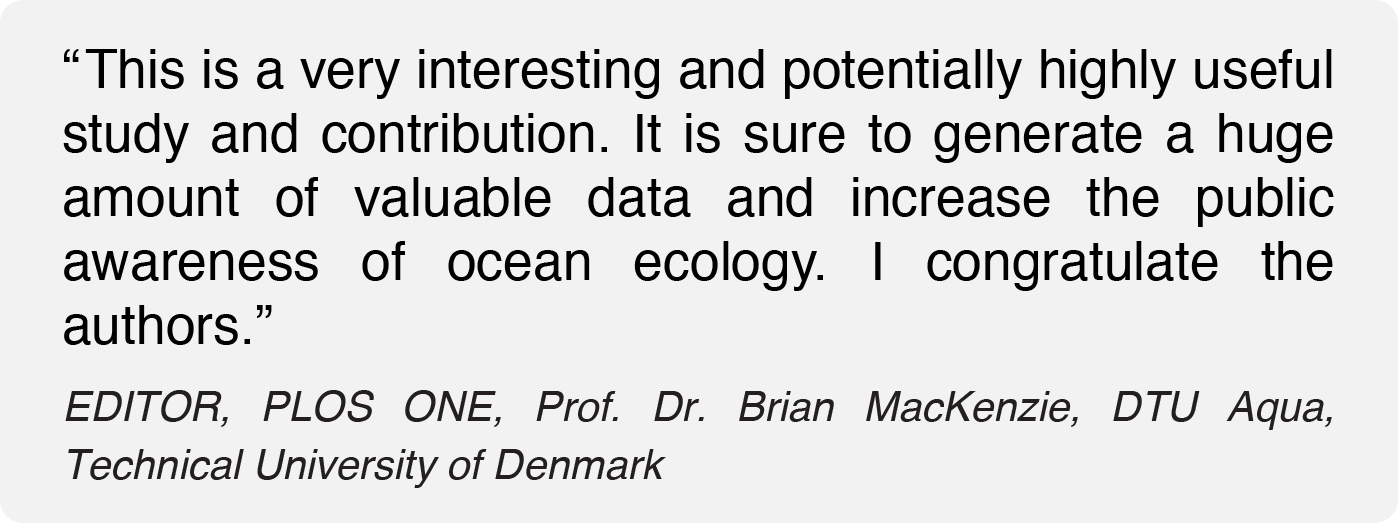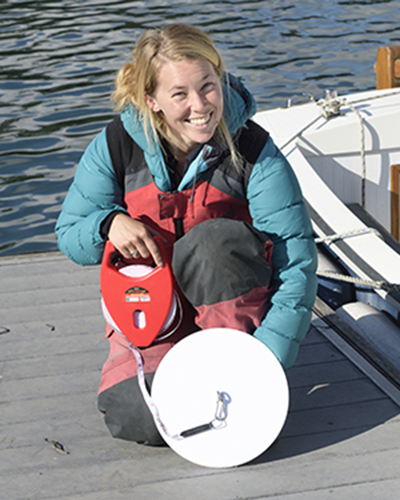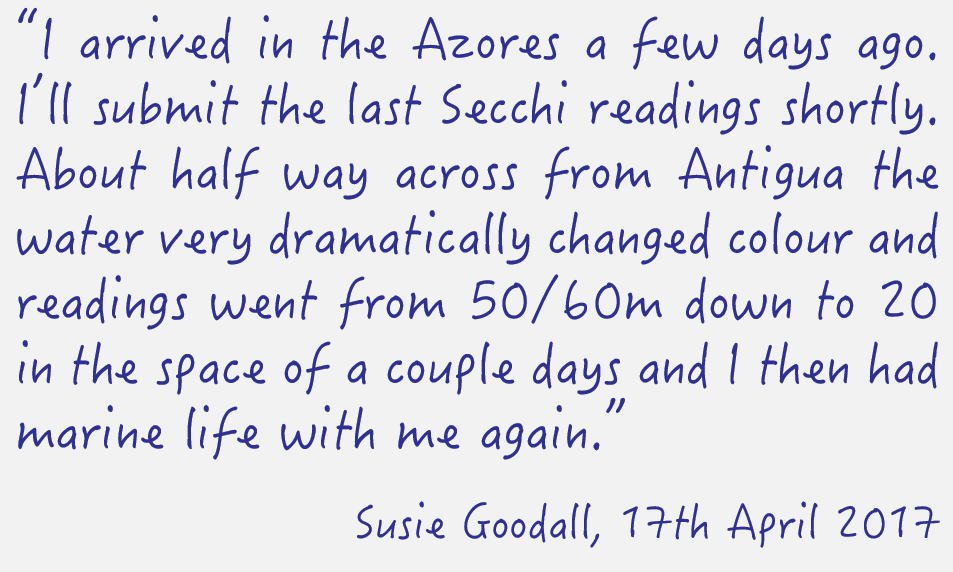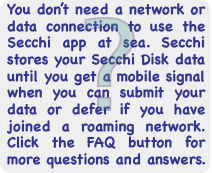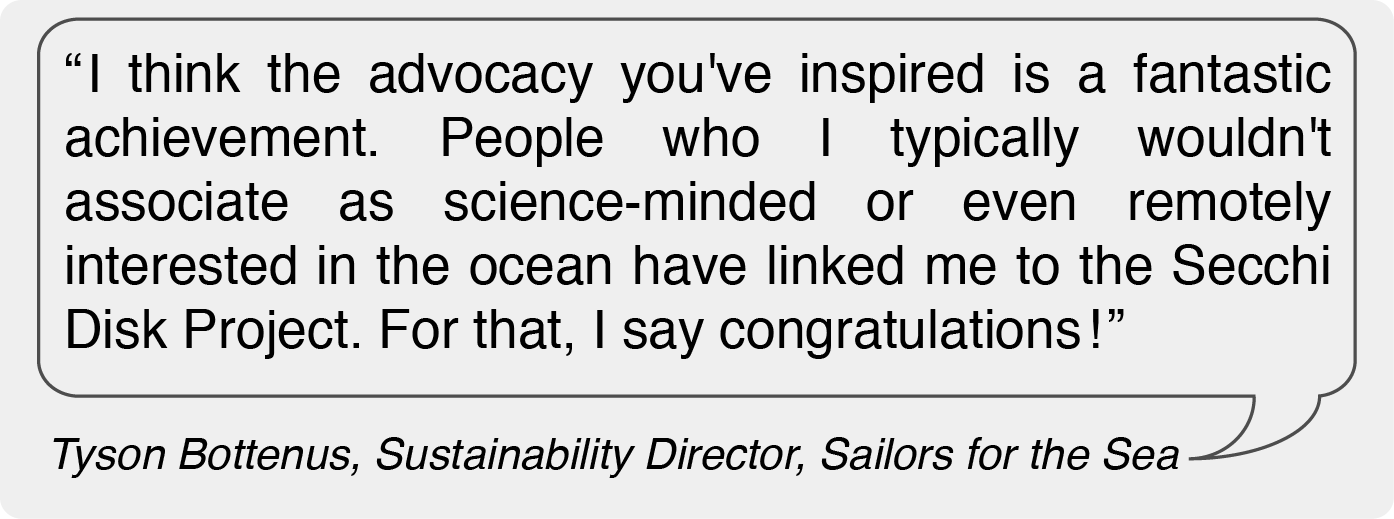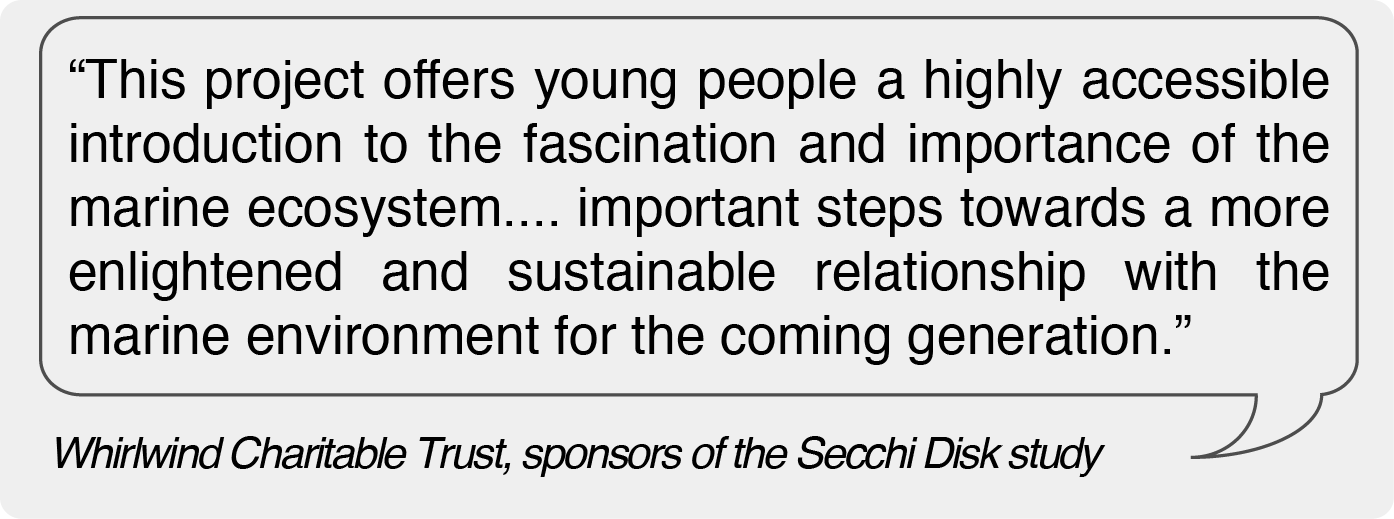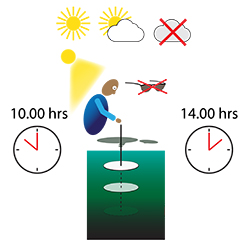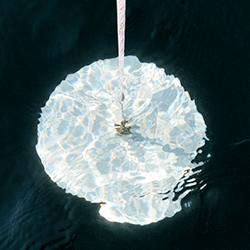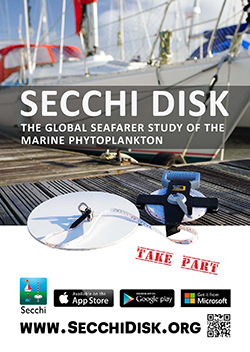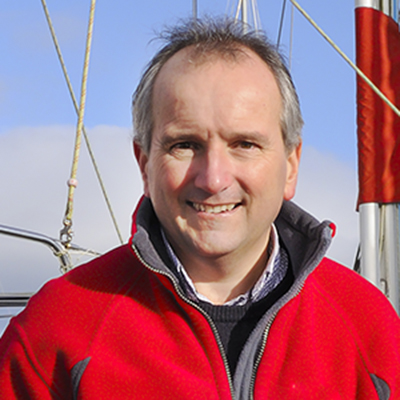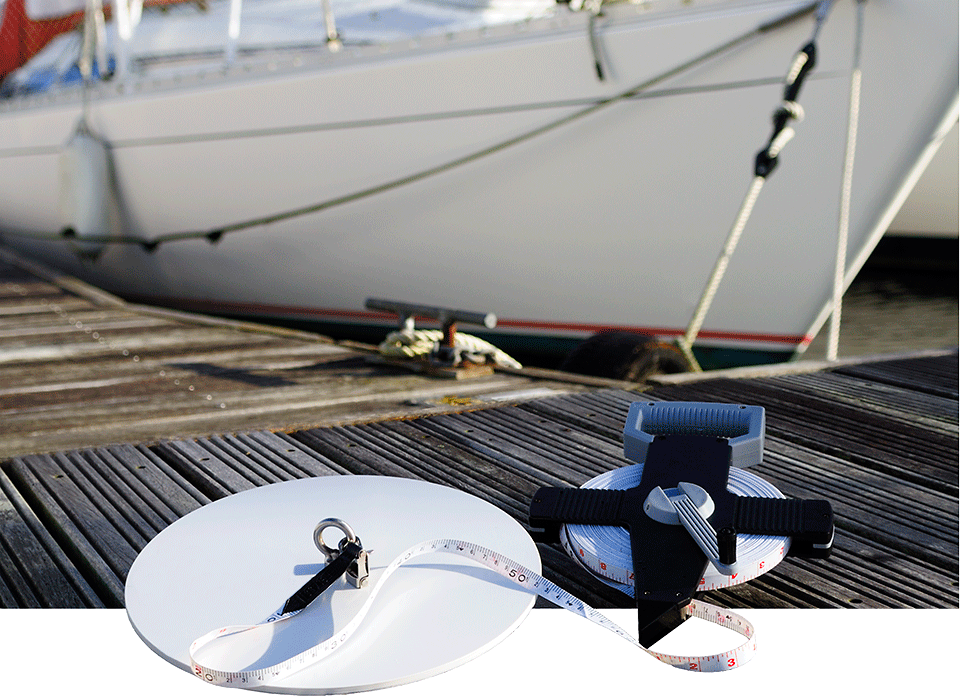
Latest Research Article
Make your Secchi Disk
Full instructions in the Secchi app
If you have difficulty getting a GPS fix using the Secchi app on iOS or Android please read the following: On Android, it could be a problem with your device's AGPS. Read THIS ARTICLE for a fix. First, set your device's Location Mode to High Accuracy (Settings > Location > Mode > High Accuracy). Then, install and open the GPS Test app, tap the menu icon in the upper right corner and then tap CLEAR AGPS. Next, tap the menu icon again and this time tap UPDATE AGPS. On iOS you can check your device is working properly using the MAPS app (read THIS ARTICLE) or or you can see the number of satellites acquired using the paid for GPS Diagnostic app. Because of the positions the GPS satellites orbit the Earth it can take longer to obtain a GPS location towards the poles.
Join our ambassador Susie Goodall in Secchi Disk science
If you have difficulty getting a GPS fix using the Secchi app on iOS or Android please read the following: On Android, it could be a problem with your device's AGPS. Read THIS ARTICLE for a fix. First, set your device's Location Mode to High Accuracy (Settings > Location > Mode > High Accuracy). Then, install and open the GPS Test app, tap the menu icon in the upper right corner and then tap CLEAR AGPS. Next, tap the menu icon again and this time tap UPDATE AGPS. On iOS you can check your device is working properly using the MAPS app (read THIS ARTICLE) or or you can see the number of satellites acquired using the paid for GPS Diagnostic app. Because of the positions the GPS satellites orbit the Earth it can take longer to obtain a GPS location towards the Poles.
What people are saying about the Secchi Disk study
Secchi Disk study in the press
The Secchi Disk study is used as a citizen participation on collecting ocean data in the European IFADO project (Innovation in the Framework of the Atlantic Deep Ocean).
The Secchi Disk study is funded 100% by donations to The Secchi Disk Foundation. Sponsor or make a donation and you will help us to engage people of all ages in science to help understand the oceans' most important life.
ABOUT THE STUDY
The phytoplankton in the sea account for over 50% of all photosynthesis on Earth and, through the food web they support, they underpin the marine food chain.
Living at the surface of the sea the phytoplankton are particularly sensitive to changes in sea surface temperature. A recent study of global phytoplankton abundance over the last century suggested that global phytoplankton concentrations had declined by 40% over the last 50 years due to rising sea surface temperatures as a consequence of current climate change.
We need to know much more about these changes and you can help by making a simple piece of scientific equipment called a Secchi Disk and using the free Secchi app.
Full instructions for the project are included in the Secchi app.
Read the Nature paper that provoked us to create the Secchi Disk study. You can download it as a PDF from the laboratory of Dr Boris Worm, Dalhousie University using the button below.
HOW IT WORKS
The Secchi Disk is a
30cm diameter, plain white disk that is attached to a tape measure
and weighted from below with enough weight to make the disk sink
vertically. It is one of the oldest and simplest marine scientific
tools. You can make a Secchi Disk from any material e.g. a white
bucket lid. A good material is 3mm or 5mm Foamex as it is easy to
cut and you can often obtain remnants from printing/display
companies.
When a Secchi Disk is lowered vertically into the water the depth below the surface at which it just disappears from sight is called the Secchi Depth. The Secchi Depth measures the clarity of the seawater, which away from estuaries and coasts indicates the amount of phytoplankton at the sea surface.
By measuring the Secchi Depth you can therefore help map the ocean's phytoplankton. You can record Secchi Depths on your travels or perhaps, repeatedly from a local sampling site you establish.
The Secchi Disk study is a long-term program that began on February 22nd 2013. The study has no end date or geographic boundaries in the sea.
MEDIA RESOURCES
The
success of the Secchi Disk study relies upon it being known to
seafarers. If you would like to
help publicise the study by writing about it, or by placing a poster at your marina or yacht
club, you can obtain free resources at the following
links.
